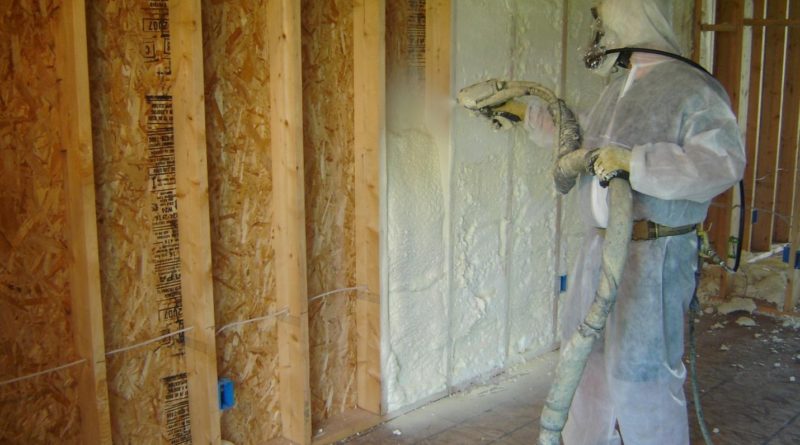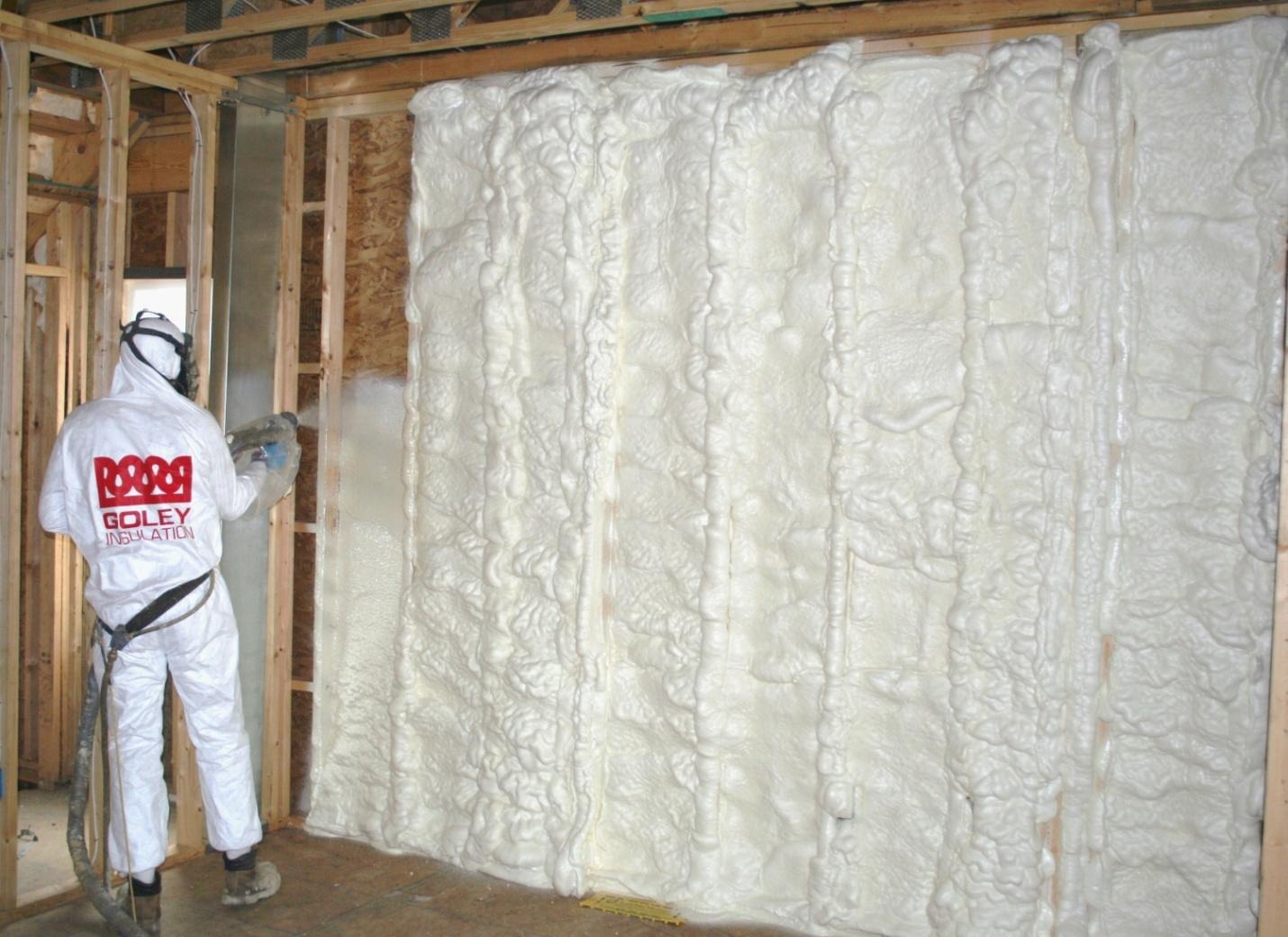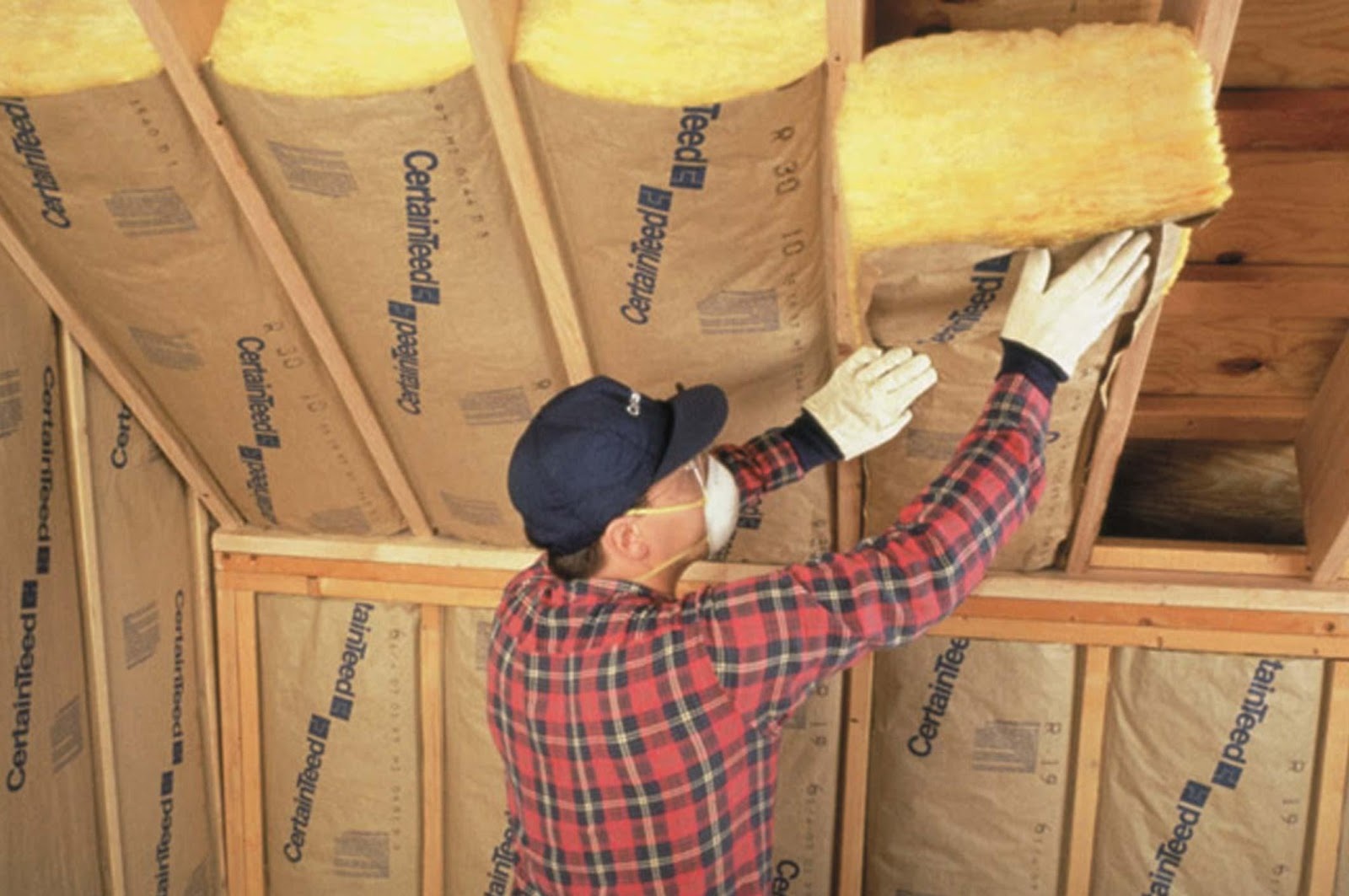Basement Insulation Rules of Engagement: What To Do And Not To Do
Basements are naturally cold and dank, as they are under the ground. However, there are some countermeasures where you can create a warm and pleasant atmosphere for your basement. One of these is having your basement insulated.
Moisture is the worst enemy of basements, and it could cause serious problems like wall cracks, wasted energy, and a lot of time and money spent fixing these problems. Insulating your basement could not make your basement more comfortable, but it could also lessen the chances of moisture seeping in.
Here are a few dos and don’ts when it comes to insulating your basement:
DO check your budget first
First and foremost, you should always check how much you’re willing to spend on your basement. Some basement insulation systems could be pricey and some of them cannot be installed on your own. For a quick rundown of the prices and the total cost, whether you’re doing DIY or having a company install it for you, talk to a professional basement contractor. They would be more than willing to help out a customer in need.
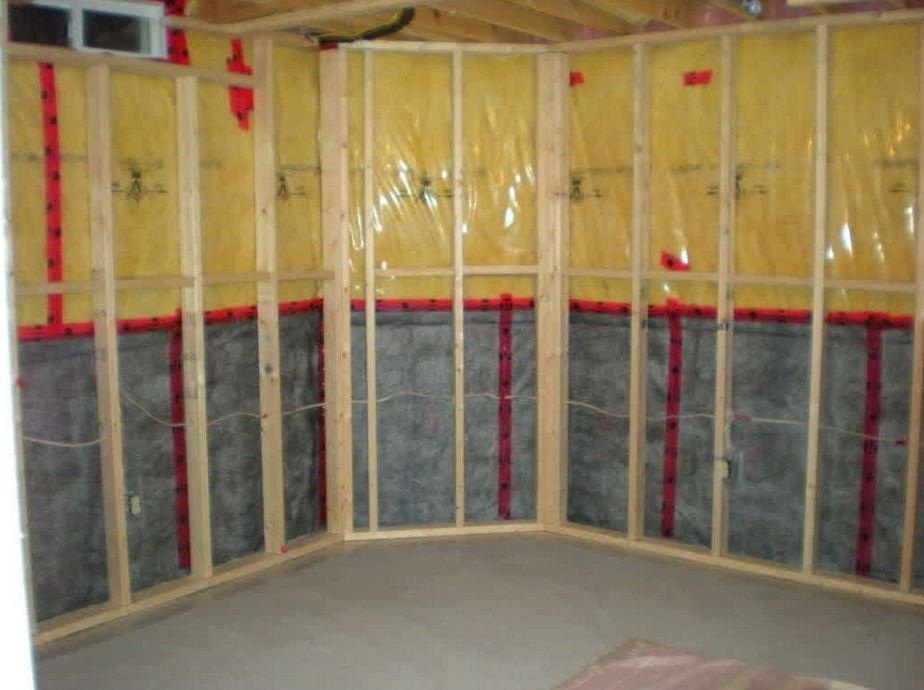 DO choose the right kind of insulation
DO choose the right kind of insulation
Contrary to what other people might say, there are actually different types of insulation materials you can use for your basement. The trick is to know the right one for your house type and climate, and of course, the perfect match for your budget. There are rolls or blankets, rigid foam insulation and the spray foam.
Basically, the roll or blanket is the one you could easily transport and carry. This is the easiest to install if you’re doing it on your own. The rigid foam insulation is also easy to install because they come in panels, but they are flammable so they pose a risk.
Finally, the spray foam could easily be sprayed into the wall cavities, but they come at a high price. If you’re doing DIY basement insulation, make sure you talk to the professionals and you follow the instructions very clearly. These might be doable on your own, but one mistake in installation could cost a lot of damage and money.
DON’T remove the backing from fiberglass insulation
If you opt for fiberglass insulation, you’ll notice there is a thin layer or the backing on each panel. It’s tempting but you should not remove this backing. This is the vapor barrier. It helps protect your basement from rot and condensation.
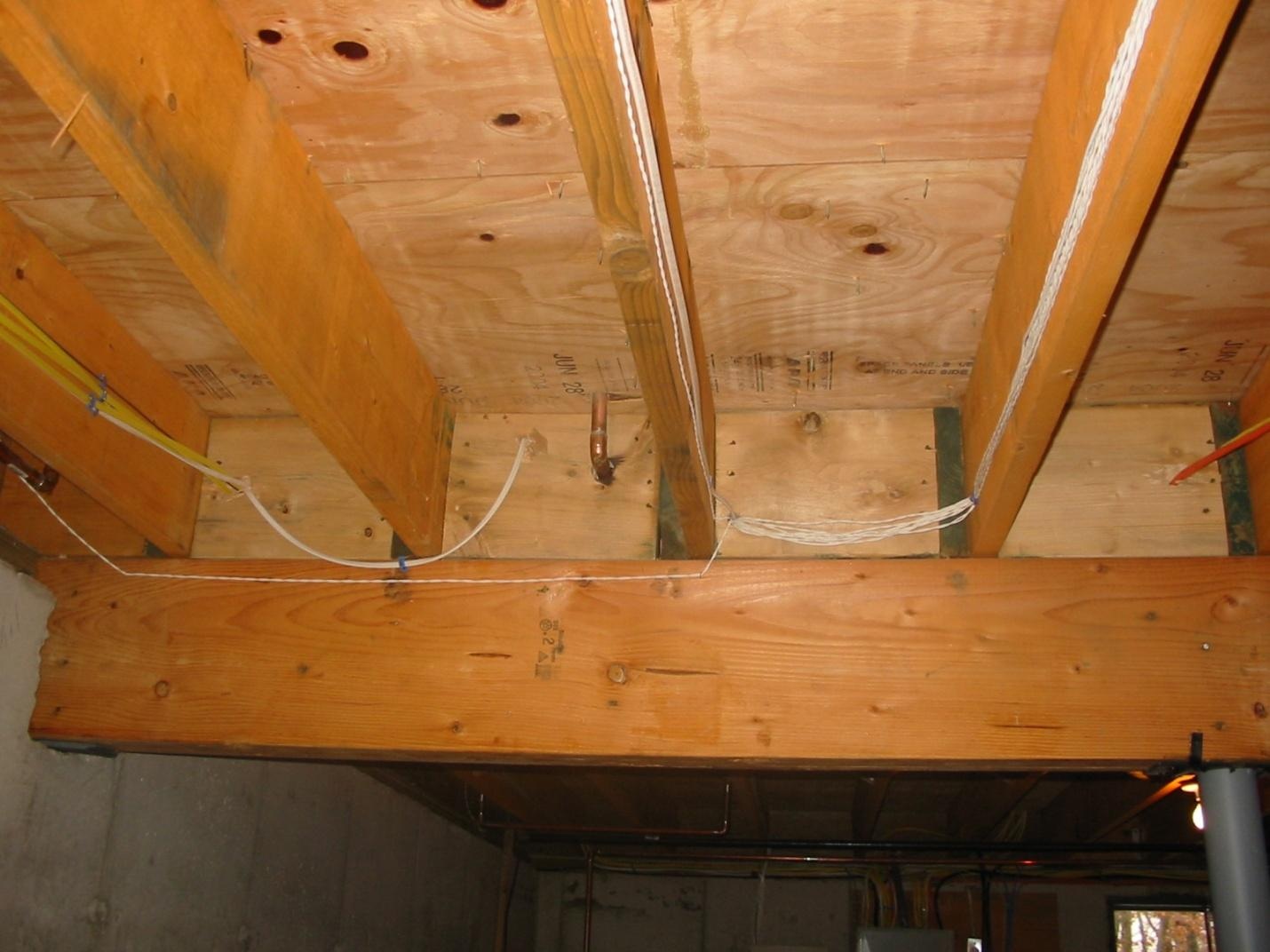 DON’T wrap wires with insulation
DON’T wrap wires with insulation
Most (if not all) insulation systems and materials are flammable, so it’s best to not let them near any sort of wiring underneath your walls. If you are unsure, contact a basement insulation company so you don’t make any basement insulation mistakes. Have your wiring checked and if they’re all okay, you can proceed with your insulation installment.
DON’T hold out on the insulation; DO all out!
Yes, insulation systems could be very expensive, and if you’re doing a DIY basement insulation installation, it will also take up your time. But don’t do it half-hearted! Always try and get the best materials your money could give you for your basement.
Don’t just insulate part of your basement, but the entire thing. An insulated basement is a more cozy and hassle-free basement, so all the hard work and the money you spend will be well worth it in the end.
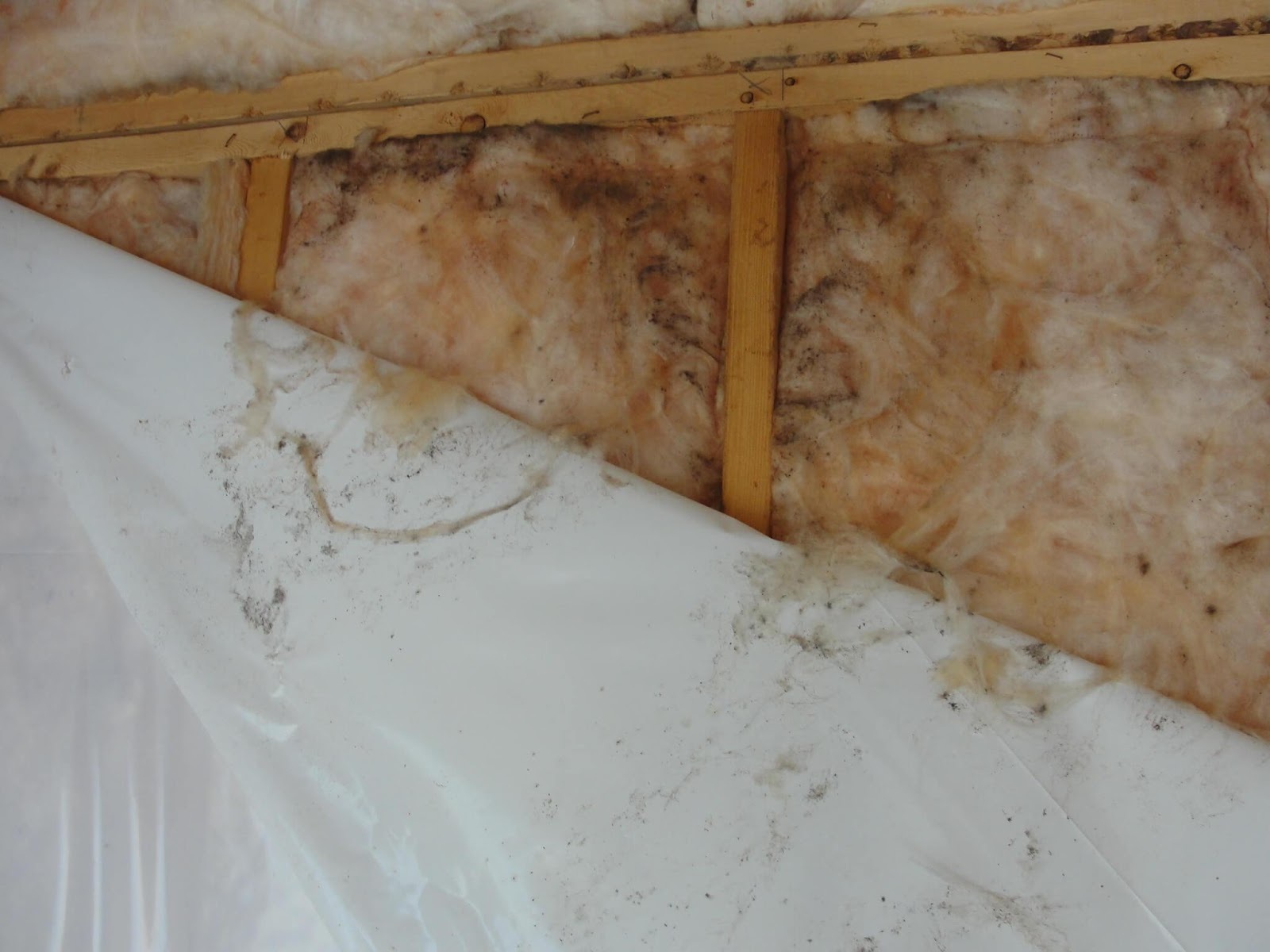 DON’T remove your old insulation just yet
DON’T remove your old insulation just yet
Aside from saving money, putting layer upon layer of insulation could prove to be very useful for you. However, you must check whether your old insulation (if you’re moving to an old house or a pre-loved house) is still working.
Contact your local basement insulation company to have your old ones checked and reviewed. Once there, they will be able to tell whether your old insulation should kick the bucket, or whether you can just put another layer on top of it.
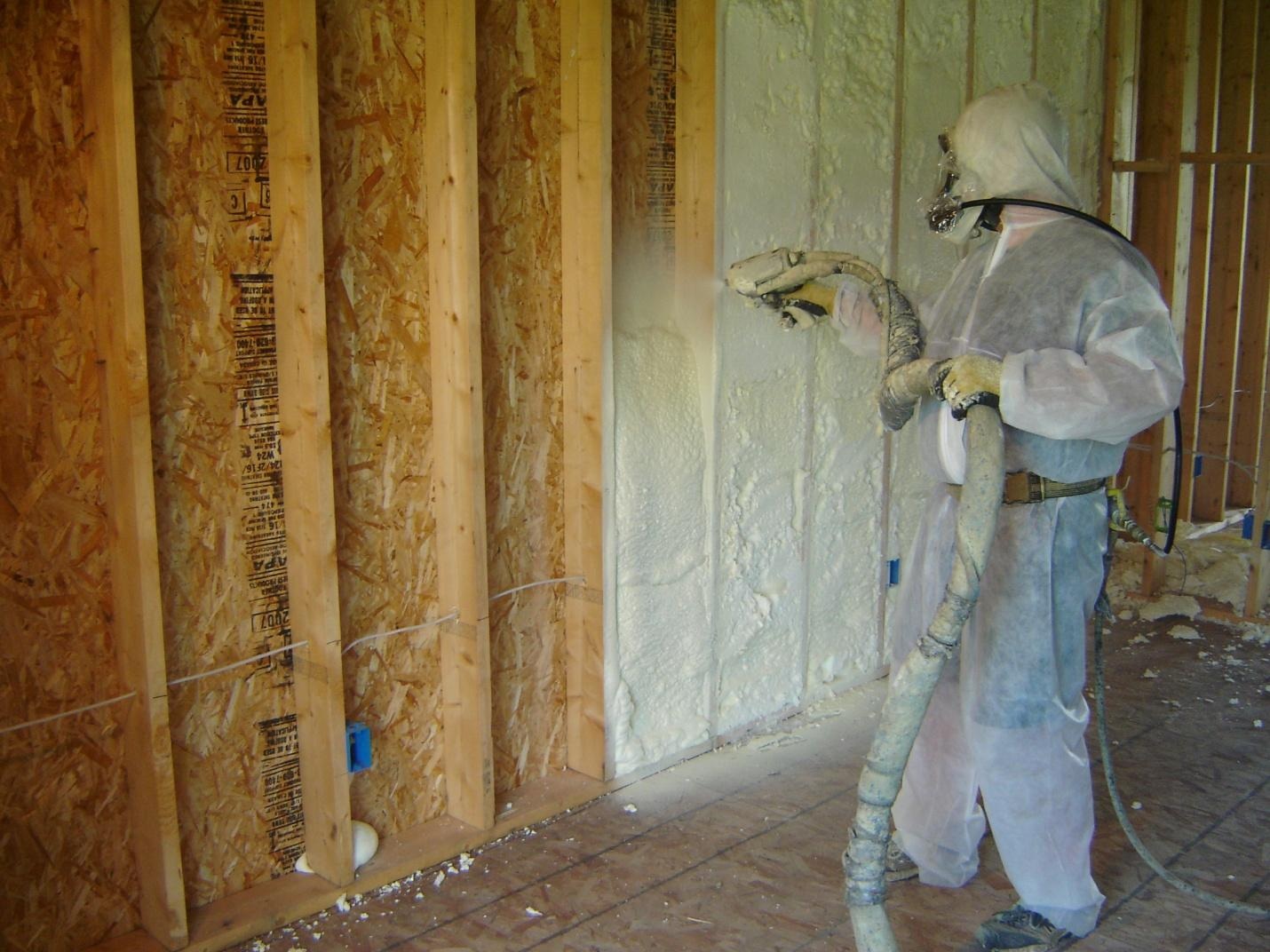 DON’T leave gaps on the walls.
DON’T leave gaps on the walls.
A common basement insulation mistake is leaving gaps. After installing your insulation system between your walls, make sure there is absolutely no space in those cavities left. Moisture will find its way towards those gaps you did not fill and those will lead to wall cracks and leaks.
Make sure that your panels are well-fitted, that your spray foam has completely filled the wall cavity, or that your rolls are squished tight against those walls.
A DIY basement insulation project is refreshing and somehow therapeutic, like all DIY projects. But remember that once you commit to it, there’s no going back, nor doing it half-baked. Also, make sure that in every project, you put safety first. Always have your safety googles, helmet and gloves while working. And don’t be afraid to ask for help either. Asking the professionals might be the best way to go about your basement insulation installation.

